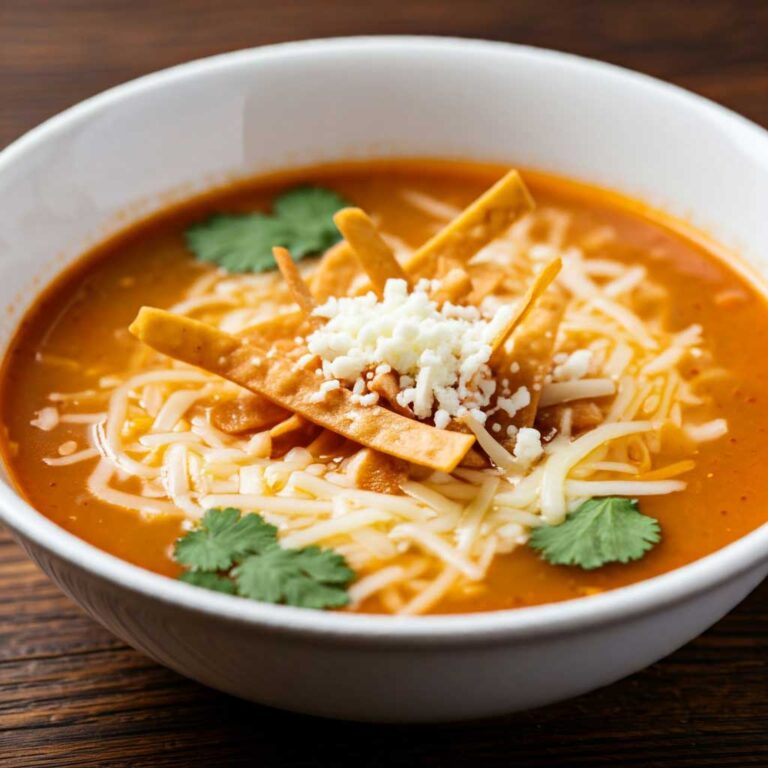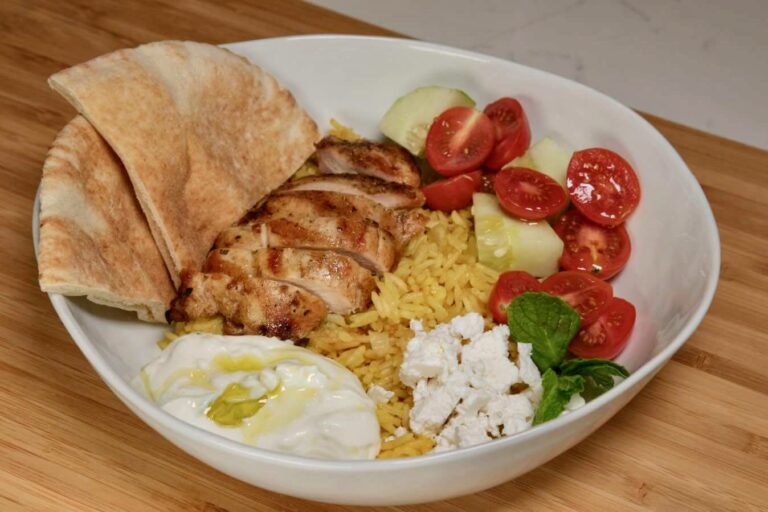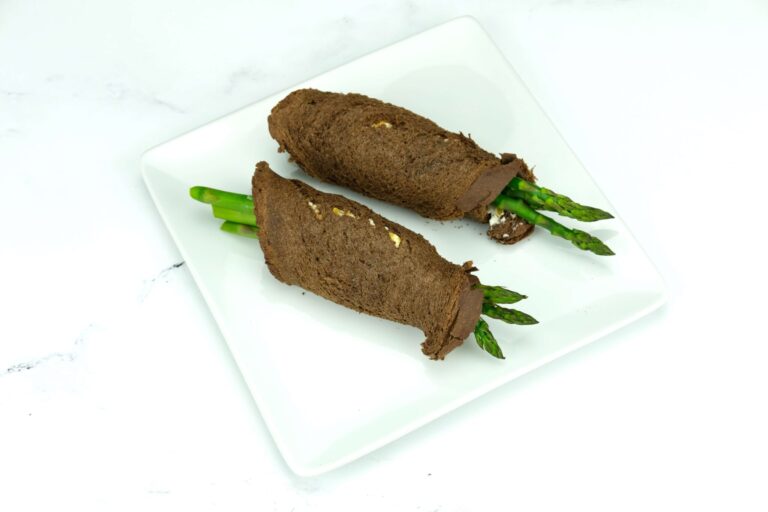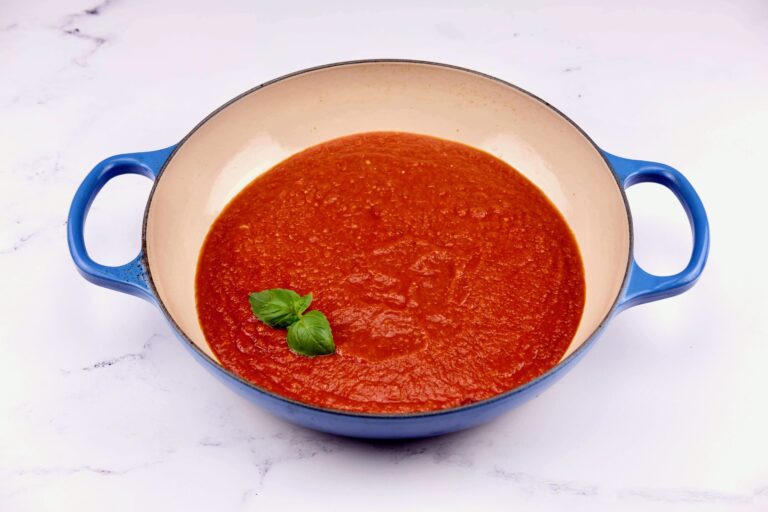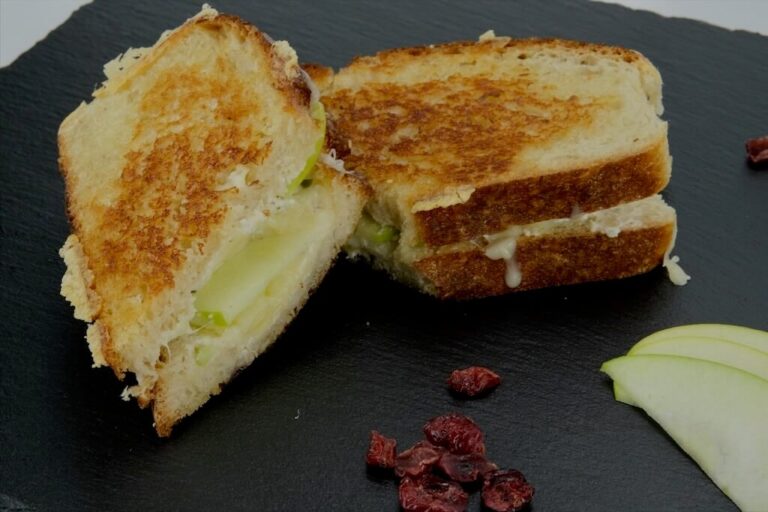Ragù Bolognese
About this Recipe
By: Rachel
I love dishes that are so much more than the sum of their parts—recipes that are made up of accessible, humble ingredients and are simple enough for a beginner to make, yet taste amazing (like Ragù Bolognese!)
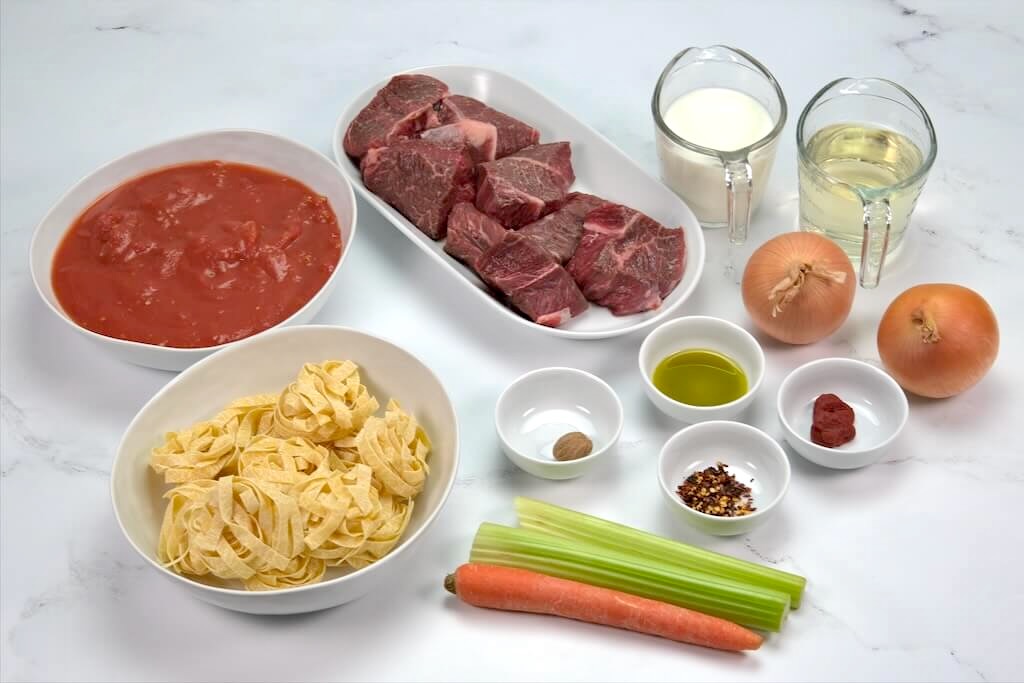
Ragù Bolognese is made from simple fare: carrot, celery, onion, ground beef, whole milk, wine, and tomato paste. The secret ingredient is time. By simmering this sauce slowly over several hours, you will achieve a multidimensional, richly flavored ragù with layers of flavor. Do not be tempted to rush it—you want to gently braise the meat rather than boiling it into submission.
Last year, I found myself with a craving for Ragù Bolognese that simply wouldn’t quit, and found that I was out of ground beef. In classic Rachel fashion, I decided to use the chuck roast I had on hand rather than drive five minutes to the grocery store. (I have definitely been known to make fresh pasta rather than venture out of my house on the weekend for a box of spaghetti. Yes, I know that the former takes more time than the latter. It’s an introvert thing).
By the time the sauce was finished, the chuck had fallen apart into beautiful, luscious shreds. The Ragù Bolognese was just begging to be tossed with ribbons of pappardelle and garnished with fresh parsley and showers of grated Parmigiano-Reggiano cheese.
If I’m making lasagna, I prefer the Bolognese version, layered with sheets of pasta, béchamel sauce, and freshly-grated parmesan cheese. It is somehow more subtle and satisfying than the Americanized version, which is made with tomato sauce, ricotta, and mozzarella.
But most of the time, I prefer this version, with juicy chunks of braised beef and wide ribbons of pappardelle or tagliatelle that are perfect for soaking up the rich sauce.
Ragù Bolognese
Ingredients
- 1 medium onion
- 1 medium carrot
- 2 ribs celery
- 1 tablespoon olive oil
- ½ teaspoon red pepper flakes
- 1 pound (450g) chuck roast or other beef for braising, cut into large chunks
- Kosher salt and freshly-ground black pepper
- 1 cup (235mL) whole milk
- Several gratings fresh nutmeg
- 1 cup (235mL) dry white wine
- 2 tablespoons tomato paste
- 12 ounces (340g) canned whole San Marzano tomatoes and their juices, crushed with your hands before adding
- 1 pound (450g) pappardelle or tagliatelle pasta
- For serving: Chopped Italian parsley, lemon zest, and grated Parmigiano-Reggiano cheese
Step by Step Instructions
Step 1
- Heat the olive oil over medium-high heat. While the pan is heating, generously coat all sides of each chunk with kosher salt and black pepper (it may be easiest to do this in a large bowl, stirring until the salt and pepper is evenly distributed).
Step 2
- Add the meat to the hot pan and leave undisturbed for 2-3 minutes to brown, then turn, continuing this process until the meat is well-browned on each side.
Step 3
- Next, prepare the vegetables (you can do this while the meat browns, just don’t lose track of it!)The onion, carrot, and celery should be very finely diced; I usually chop them into a few rough chunks and then pulse them through the food processor a few times until they appear to be very finely chopped. Set aside.
Step 4
- Once the meat has browned on all sides, carefully transfer each piece to a platter and set aside. Do not clean out the pot!Add the chopped vegetables with the crushed red pepper to the pan and stir to coat in the fat, and generously season with salt and black pepper. Sauté for several minutes until evenly browned, about 10 minutes, reducing your heat as needed to prevent burning.
Step 5
- Now add the milk and nutmeg, scraping the pan to incorporate any fond (sticky bits at the bottom of the pan) that has been collected. Return the meat to the pan.Allow the milk to simmer gently until it has disappeared (be patient! This may take an hour or even longer).

Step 6
- Add the wine and, once again, allow it to simmer until it has disappeared. Continue to stir every few minutes during this process.Once the wine has disappeared, add the tomato paste and sauté for several minutes before adding the tomatoes.
Step 7
- Now bring the sauce up to a very gentlest of simmers (it should bubble lazily, with bubbles only reaching the surface intermittently.At this point, the sauce needs to cook, uncovered, for at least three hours. The fat and the meat will begin to separate; as you see it separating, simply stir it back into the sauce.You will need to check the sauce at about 30 minute intervals, adding water ¼ cup (60mL) at a time, as needed, to prevent sticking while the meat continues to break down.
Step 8
- As the meat begins to cook and fall apart toward the end of this process, you can encourage it to do so by breaking it apart with a wooden spoon and stirring to incorporate it into the sauce.When the sauce is done, it will be rich and thick. Taste and correct the seasoning, adding a little more salt if necessary.

Step 9
- Finally, cook the pasta according to package directions. Drain, and add to the sauce, tossing to combine.Serve with freshly-chopped parsley and plenty of freshly-grated Parmigiano-Reggiano cheese.I like to add lemon zest to the chopped parsley—while not traditional, it wakes up the flavor and cuts through all the richness beautifully!

Beverage Pairing
By: Olivia
Let’s follow this plate to its origin for our pairings! We look toward Northern Italy for several fantastic wines that will be beautiful next to this dish. For red wine, you could select Barolo, Barbaresco, and Barbera from Piedmont or Montepulciano and Chianti from Tuscany. These wines will highlight the savory qualities of the dish. Should you want to use the same white wine from cooking, consider grabbing a Gavi from Piedmont.

